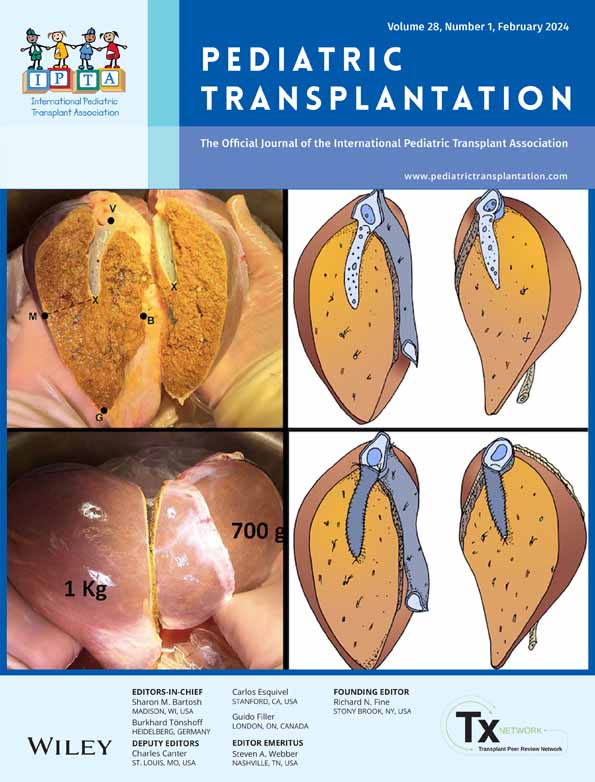Heart disease symptoms and health-related quality of life in pediatric heart transplant recipients: A serial multiple mediator analysis
Abstract
Background
A serial multiple mediator analysis was conducted to test the predictive effects of heart disease symptoms on pediatric heart transplant recipients health-related quality of life (HRQOL) from their perspective with patient-perceived cognitive problems, patient health communication, and treatment anxiety as hypothesized mediators.
Methods
One hundred and nineteen pediatric heart transplant recipients aged 8–18 completed the Pediatric Quality of Life Inventory (PedsQL) 4.0 Generic Core Scales and the PedsQL Cardiac Module Heart Disease Symptoms Scale, Cognitive Problems Scale, Communication Scale and Treatment Anxiety Scale. The serial multiple mediator analysis tested the hypothesized sequential mediation of the cross-sectional association between patient-perceived heart disease symptoms and their perceived HRQOL.
Results
Heart disease symptoms indirect effects on HRQOL were sequentially mediated through cognitive problems, with cognitive problems' indirect effects mediated through patient health communication and treatment anxiety. A predictive analytics analysis consisting of age, gender, and time since transplant demographic covariates, demonstrated that heart disease symptoms, cognitive problems, patient health communication, and treatment anxiety accounted for 66 percent of the variance in patient-perceived HRQOL (p < .001), representing a large effect size.
Conclusions
Patient-perceived heart disease symptoms indirect effects on HRQOL in pediatric heart transplant recipients was explained by patient-perceived cognitive problems, patient health communication, and treatment anxiety. Delineating heart disease symptoms indirect effects on HRQOL from the perspective of pediatric patients may inform targeted clinical interventions to improve daily functioning in pediatric heart transplant recipients.
CONFLICT OF INTEREST STATEMENT
Dr. Varni holds the copyright and the trademark for the PedsQL and receives financial compensation from the Mapi Research Trust, which is a nonprofit research institute that charges distribution fees to for-profit companies that use the Pediatric Quality of Life Inventory. Dr. Uzark reports no competing interests related to this study.
Open Research
DATA AVAILABILITY STATEMENT
Data may be shared upon reasonable request.




